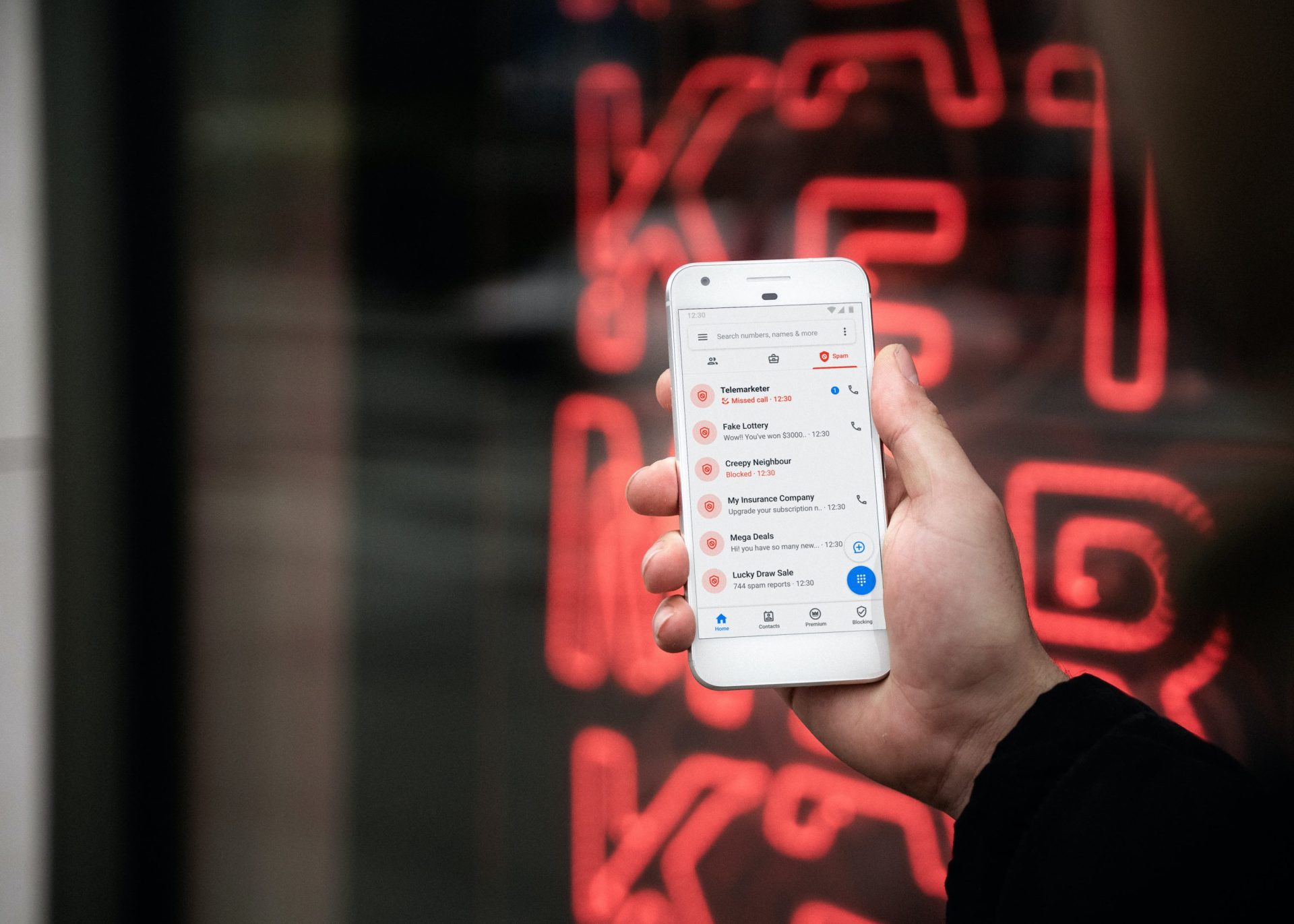BLOGS
RFID Users Protection Act: Everything You Need To Know
Radio frequency identification (RFID) tags are widely used in transportation for toll, train, and bus cards. It has proven to be effective against out-of-line and colorum public vehicles. Also, it can be used in solving road crimes like car theft. Aside from transportation, RFID tags are embedded in identification documents such as company IDs, passports, school IDs, and membership IDs.
In 2006, the National Telecommunications Commission (NTC) issued a Memorandum Circular on the “Use and Operation of Radio Frequency Identification (RFID) within the 13.553-13.567 MHz, 918-920 MHz, and 2446-2454 MHz Bands.” This Memorandum regulates the approval, acceptance, registration, and licensing of RFID proximity readers.
To further enhance the protection of consumers with RFID tags, Senator Jinggoy Estrada filed on August 2022 the RFID Users Protection Act was filed by Senator Jinggoy Estrada this August 2022.
In his explanatory note, the use of radio frequency identification (RFID) tags and trackers has been proven to be useful, convenient, and economical. Many privacy laws in other countries cover the use of the data collected by RFID systems. Other states in the USA have enacted laws dealing with issues particular to RFID, such as unlawful scanning to defraud others or identity theft.
What is the RFID Users Protection Act?
The RFID Users Protection Act seeks to provide complete and appropriate information to consumers about the use of RFID tags and protect them from unauthorized access to their personal information stored in the said tags.
This act also mandates the seller or user of RFID tags to employ security measures to ensure the safety of the information being stored in the system.
What is RFID?
According to Section 2 (d) of the law, Radio Frequency Identification or RFID is a technology that uses radio waves to transmit data remotely to readers and is intended to carry data in suitable transponders, also known as tags.
RFID tag, on the other hand, is a microchip attached to an antenna that picks up signals from and sends signals to a reader. It contains a unique number but may include other information. RFID tags are classified into the following:
Active tag – used for long-distance purposes, such as toll highways, parking areas, and gas stations. Active RFID tags use small batteries that can send signals at a longer distance; and
Passive tag – used for near or close proximity to a reader and does not use any internal battery.
Notice Requirement
Under Section 3, any person who sells, issues, or distributes items containing an RFID tag must post a notice informing the consumer of the use of such technology. The notice must disclose the following information:
- The item contains or may contain an electronic communication device
- The consumer has the legal right to request that an item containing an RFID tag be removed or deactivated before the item leaves the store premises
- The consumer has also the right to request a copy of all personal information collected about himself or herself through an RFID tag, including the identity of any person who has had access to the consumer’s personal information.
Labelling Requirement
Under Section 4, any person who sells, uses, or distributes an item that contains an RFID tag must label the item with a notice stating that:
- The item contains an RFID tag capable of engaging in electronic communication; and
- The RFID tag can transmit personal information to an independent reader or scanner both before and after purchase or issuance.
Request to Review Personal Information
Section 5 of the RFID Users Protection Act provides that a consumer may request to review all stored personal information about himself or herself, including the identity of any individual or entity who has had access to the consumer’s personal information.
After reviewing one’s personal information, the consumer must be given the opportunity to contest the accuracy of their personal data, correct or amend the data, and request that the information be removed or destroyed from the database unless removing or destroying it is not allowed by law.
Removal or Deactivation
A person may request to remove or deactivate the device before he or she leaves the store premises. Once it is deactivated, it must not be reactivated without the express written consent of the person associated with the item.
Is a consumer with an RFID tag protected?

The law protects a consumer with an RFID tag. Any person who sells or utilizes an RFID tag must implement adequate security measures to ensure that the information is secure from unauthorized access, loss, or tampering. The security measures must be consistent with the industry standards commensurate with the amount and sensitivity of the information being stored on the system.
A person is not allowed to use an electronic communication device to scan an item associated with a consumer with the consumer’s knowledge. They must not also disclose or use, either directly or through an affiliate, the consumer’s personal information associated with the information gathered by, or contained within, an RFID tag.
Penalty for Unlawful Scanning
Anyone who intentionally scans another person’s identification device remotely, without that person’s prior knowledge or consent, for fraud, identity theft, or any other purpose shall be subject to a fine of not less than P50,000 but not more than P500,000.
What to Do with your RFID Sticker?

If you have a vehicle, you are already familiar with RFID stickers. But if you are a first-time driver and you have an RFID sticker for your car, what are you going to do with it? If you travel frequently to the south to check out some house and lot properties for sale, such as Laguna, Alabang, or Cavite, you need to pass by SLEX or Cavitex and its toll gates, as the case may be. These tollgates require each car to have an RFID sticker, otherwise, you will be apprehended.
RFID stickers have been proven to lessen the waiting time at toll gates, as their stickers are scanned once you cross the toll gate. The payment for the toll gate is deducted from the EasyTrip RFID card.
How to Apply for an EasyTrip Card
The application to get an EasyTrip RFID is simple. Take your car to the nearest installation site, fill out the application form, pay the application fee of P500 (which already doubles as a load for your card and can be used immediately), and that’s it!
If you cannot wait in line, you can opt to pick up a stick-it-yourself RFID via the official EasyTrip Shopee or Lazada mall.
Lastly, register your account immediately to avoid problems in the future.
Some Considerations
When managing your RFID account, make sure that your RFID card is active, otherwise, if it has remained inactive or without load for at least six months, then your account will be automatically deactivated.
Another thing you have to consider is that your RFID load must be always about P100 or the minimum toll fee. If your load is less than the said amount, your card will be at risk for confiscation. On the bright side, reloading your card has become easier as there are several reloading sites. You can do any of these three options:
- Visit any installation site, which is located near toll gates.
- Reload through the EasyTrip website which offers various online channels, such as debit and credit cards, e-wallets, Gcash, etc.
- Reload at common bayad enters, like 7-11, LBC, SM Supermalls, ECPay, and more.
Use RFID Stickers to Visit Brittany Corporation Properties
There you have it! Now that you have your RFID and you know the safeguards of RFID tags through the RFID Users Protection Act, why not pay a visit to Brittany Corporation’s properties in the south?
Brittany Santa Rosa has luxury real estate that is car-friendly and it will give you the most comfortable and convenient luxury living. Contact us or leave us a message, and we will provide you with the best deals so that your new home is worth every penny.
To know more about our Brittany Homes in Alabang, Daang Hari Subdivisions, Tagaytay, and other luxury house and lot in Metro Manila, visit our official site and Youtube account.
READ NEXT ARTICLE: PAY FOR YOUR SOUTHEAST ASIAN VACATION BY SCANNING QR CODES
READ NEXT ARTICLE: HOW TO GET TAX DECLARATION CERTIFICATE IN THE PHILIPPINES
READ NEXT ARTICLE: CLIMATE BUDGETING: EVERYTHING YOU NEED TO KNOW














